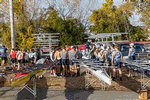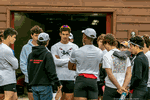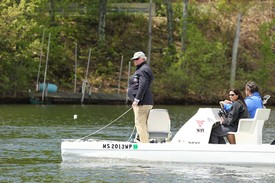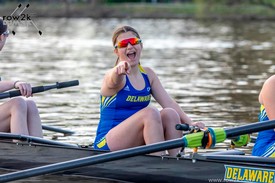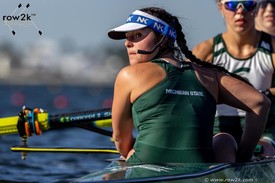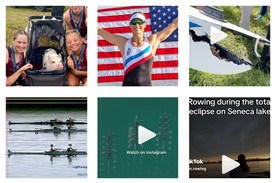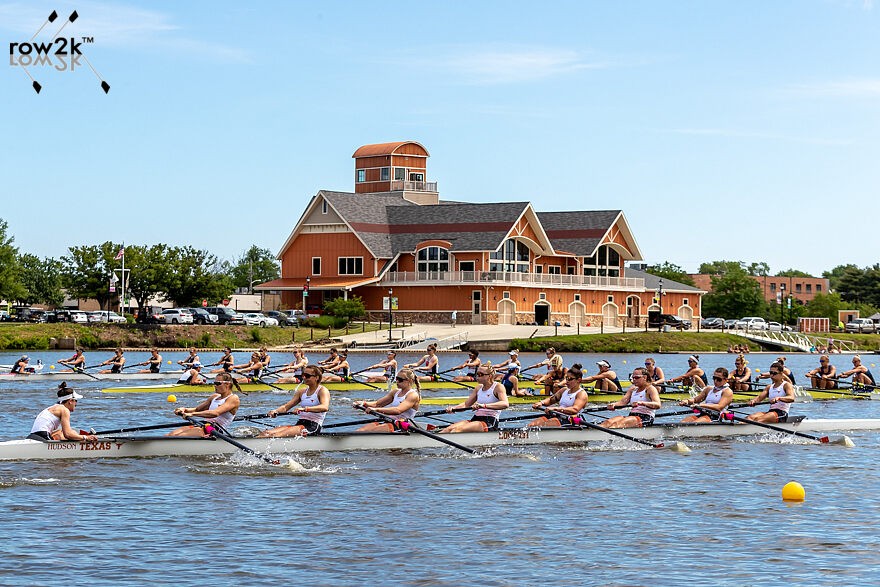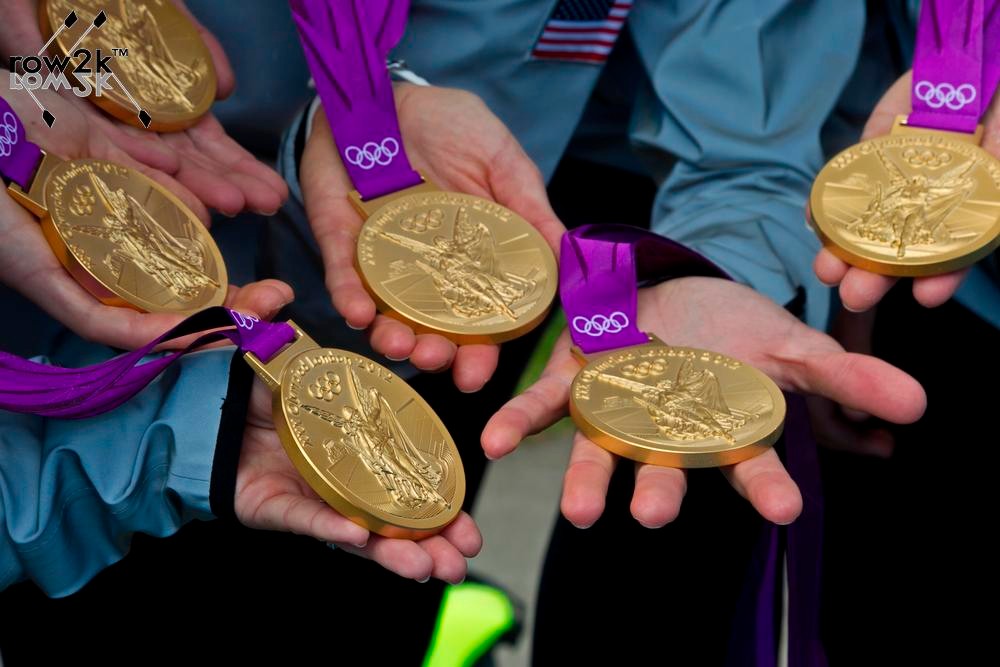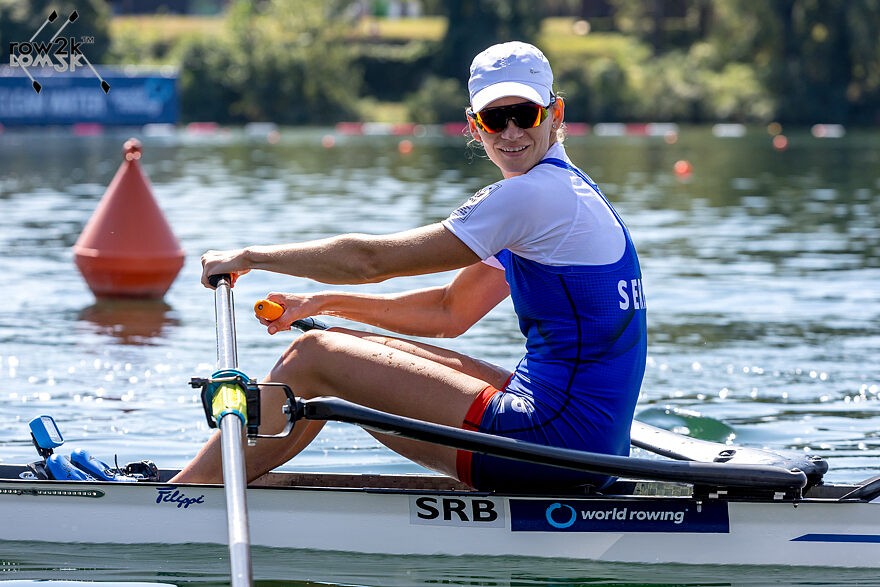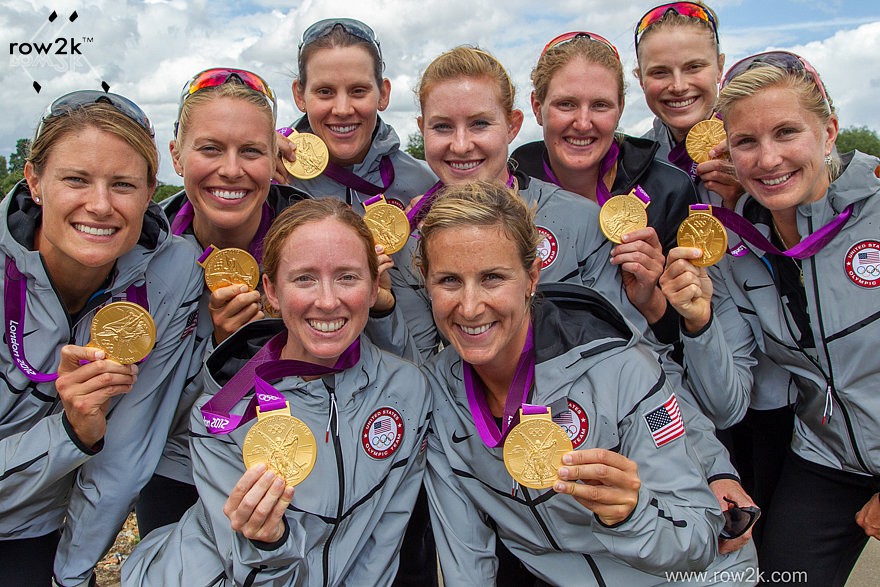Technique & Technology, Part 1: Coaching for Boat Feel & Technical Consistency
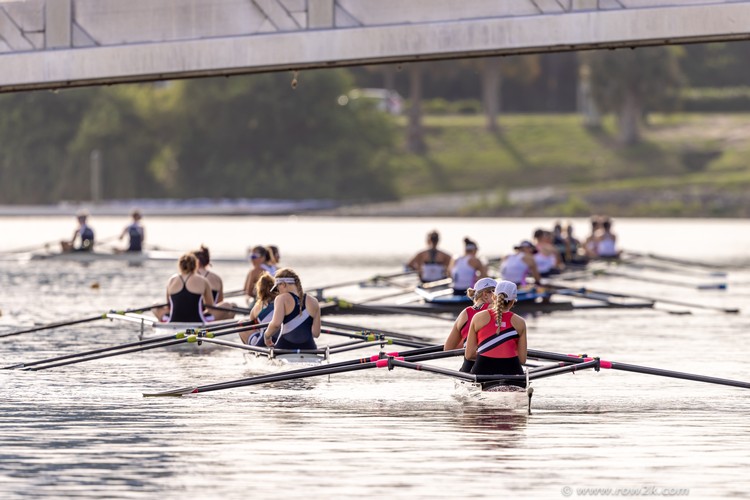
To learn more about this series and the topics we plan to cover, please visit the Youth Coaches Corner's index page. Youth coaches are more than welcome to contact row2k to get involved in future columns.
This week, the answers we received to the two of the seven questions we asked about Technique and Technology with youth rowers.
How do you teach and coach boat feel and rhythm?
JAMIE WHALEN - Y QUAD CITIES
My focus is on coaching junior scullers. The best teacher of boat rhythm/feel is the water they row on. So when the weather is warm and water calm, I encourage athletes to take a little time out from their normal training to be playful and experiment with their rowing, especially when they're in racing singles. I have all sorts of challenges and games for them to try. One simple challenge is to have them row ten strokes for distance without pausing during the stroke. They will quickly learn the relationship between rate, ratio and run.
CHRIS RICKARD - JACKSON/REED HS - VARSITY WOMEN
Rhythm and feel are a tough thing to teach directly. I rarely do a drill for the sole purpose of teaching boat feel, but the one's I've used are closed-eye rowing and cut the cake. But mostly, I try to encourage athletes to be mindful and adaptive as they row. Something I tell athletes a lot is to think of themselves as a scientist running little experiments every stroke and then reflecting on what movement caused what outcome and then trying something else and figuring out what works best.

The best tool for that process is always small boats. I encourage athletes to get into small boats (singles, doubles, pairs) whenever possible. There's just no substitute for the immediate feedback it gives an athlete and forces them to reckon with how their body movements are affecting the boat. There's no quicker teacher!
RICH KESOR - MONTGOMERY BELL ACADEMY - VARSITY MEN
Small boat rowing. Rowing a pair/double/single provides a much, much better sense of how your bodyweight affects a hull than an 8. The rowers so far outweigh the boat that they can't help but feel how it rocks, surges, jerks with every movement. I have found it much easier to get them to develop that feel in smaller boats.
With 60+ boys, it is something that we have to be intentional about doing. We have scheduled in "small boat days" for the boys. Because they know the schedule and look forward to being in small boats, it keeps us "honest" and makes sure that they get the small boat time.
ED FELDHEIM - FAIRFIELD PREP - VARSITY MEN
We row in eights, so it's a challenge to create really techie guys that have a lot of boat feel. We also have a pretty short stretch of water to utilize, the most we can go without turning is about 6-7 minutes. All of that means that it takes our guys some time to figure it out.
We do a few things to augment the lack of opportunity to row long distance on the water. Maybe the biggest element is that we work a lot on the RP3 machines over the winter since they do a significantly better job of translating erg work to how it feels in the boat. Combine that with all the tech work we do on the water and we might get a group of guys to have some feel by the end of a season.

What's your approach to ensure technical consistency throughout the roster?
KIRSTEN PRESKENIS - FARMINGTON HS - VARSITY WOMEN
We focus on one thing at a time as a group, and make sure everyone is on the same page before moving onto the next concept. I'll demonstrate what we're looking for and incorporate drills around that piece of the stroke. As the season progresses, we'll circle back to areas that need additional work.
On an individual level, we again focus on changing one thing at a time. We try to resist the temptation of fixing everything at once, which could easily overwhelm the athlete. Efficient rowing is a process and everyone learns at a different pace.
JAMIE WHALEN - Y QUAD CITIES
I teach the basics of catch, drive, release and recovery and then have young athletes row in doubles and quads with more experienced athletes. I don't coach to one model. Every sculler and crew is a little different. I just look to help them be a little more efficient and confident in moving their boats, and be a little better at working together.

ED FELDHEIM - FAIRFIELD PREP - VARSITY MEN
Keep it simple. Get the blades in and out together, use the legs first and keep the arms long through the push. Rowing is obviously much more nuanced than that, but that's the basic stroke we teach. Nothing revolutionary there.
CHRIS RICKARD - JACKSON/REED HS - VARSITY WOMEN
There are two main things we focus on to keep consistent technique throughout the roster: first, we spend the fall almost exclusively in even 8s rotating through new lineups daily. The second thing is that we almost never give individual feedback, or tailor drills to individuals or even different boats, we always try to focus on the team as a whole.
We pick the 3-4 technical focuses we want to emphasize and we give everyone the same explanations and run the same drills until everyone has moved towards one unified stroke. It takes patience but by the end of the year it pays off!

RICH KESOR - MONTGOMERY BELL ACADEMY - VARSITY MEN
In my drive to find a streamlined and efficient way to perfect the rowing stroke, I developed a numbering system to my stroke about 15 years ago. The 3 main "positions" of the stroke are numbered 1, 2, and 3. This way, the body and blade positions are defined and drilled the exact same way for all rowers. Nearly all of our drills revolve around those positions ("pause at 3", "driving from catch to 3", etc).
The positions also help to reinforce what I preach to the kids as the 3 important inches in the stroke: the inch when the handle is nearest to the body, the inch when the knees unlock, and the inch at the entry. If those 3 inches are perfected, the boat will move well.

If you enjoy and rely on row2k, we need your help to be able to keep doing all this. Though row2k sometimes looks like a big, outside-funded operation, it mainly runs on enthusiasm and grit. Help us keep it coming, thank you! Learn more.
Comments | Log in to comment |
There are no Comments yet
| |
- Bont Rowing
- Calm Waters Rowing
- Concept 2
- Craftsbury Sculling
- The Crew Classic
- CrewLAB
- Croker
- Durham Boat Co.
- Empacher
- Faster Masters
- Filippi
- Fluidesign
- h2row.net
- HUDSON
- Live2Row Studios
- Nielsen-Kellerman
- Oak Ridge RA
- Peinert Boat Works
- Pocock Racing Shells
- Race1 USA
- RowKraft
- Rubini Jewelers
- Vespoli USA
- WinTech Racing
- Bont Rowing
- Calm Waters Rowing
- Concept 2
- Craftsbury Sculling
- The Crew Classic
- CrewLAB
- Croker
- Durham Boat Co.
- Empacher
- Faster Masters
- Filippi
- Fluidesign
- h2row.net
- HUDSON
- Live2Row Studios
- Nielsen-Kellerman
- Oak Ridge RA
- Peinert Boat Works
- Pocock Racing Shells
- Race1 USA
- RowKraft
- Rubini Jewelers
- Vespoli USA
- WinTech Racing



